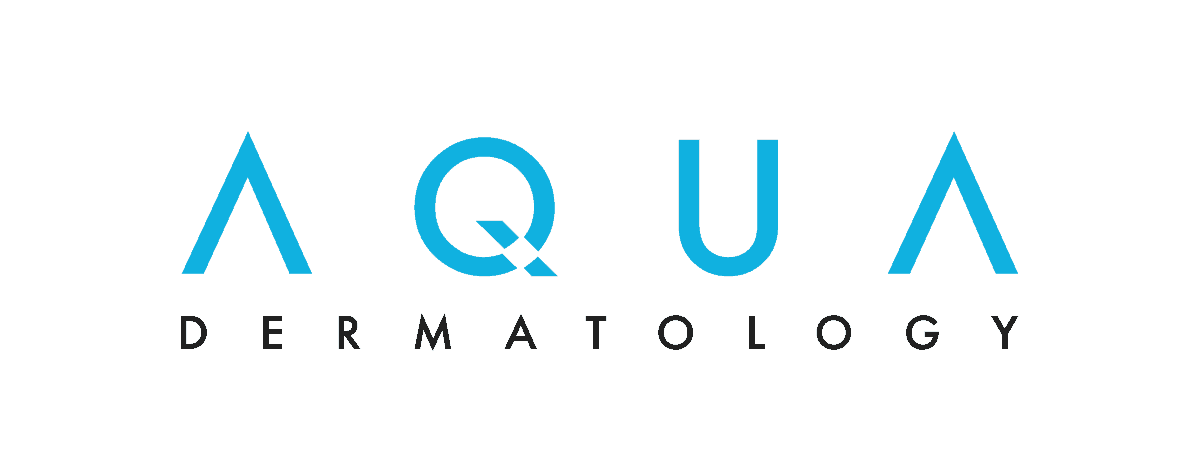
Fall bring cooler weather, shorter days, and something else: head lice. It’s peak season for the spread of these tiny, scalp-infesting insects. And while cases of head lice aren’t quite as universal as the common cold, American kids between the ages of 3 and 11 experience 6 million to 12 million of them per year.
There’s no surefire way to keep your child from getting head lice, but you can take steps to lower the risk and, if your child does bring them home, prevent the spread to other family members.
How do lice spread?
Lice typically spread through direct head-to-head contact. If you’re wondering how far lice can jump, the answer is, they can’t. (Fleas, yes, lice, no.) Head lice move by crawling.
Head lice affect young children more often than older ones because young kids tend to play closer together. Older kids who engage in contact sports, however, face similar risks.
In African-American children, head lice is much less common. The width and shape of their hairs may make it harder for the lice common in this country to grab onto, according to the CDC.
Protecting your child at school or day care
Schools and day cares are hotbeds for head lice transmission. Social distancing rules appear to be reducing head lice cases, but prevention measures are still worthwhile.
If someone at your child’s school has been diagnosed with head lice, check your child for lice, even if they don’t show symptoms (itching, a rash). Don’t rely on the school nurse to identify it; research shows school lice screenings don’t do much to stop the spread.
If a child at your kid’s school has head lice, encourage your kid to:
- Avoid sharing headphones, earbuds, headbands and hats
- Avoid hair-to-hair contact with other kids during play and sports
- Store their jacket and other belongings in their cubby or locker
Kids with head lice can and should attend school while they’re being treated. (Head lice are more of a nuisance than a health risk.) A child with lice who’s undergoing lice treatment is less likely to transfer them than one who isn’t.
Lice can’t be prevented by preemptively using lice shampoo, washing the hair more often (head lice will dine on a dirty or clean scalp) or cutting the hair short.
Preventing the spread at home
If you have one child with head lice and you want to contain the spread while you treat it, submerge their comb and hair brush in hot water (130°F) for 10 minutes, and make sure those items don’t get shared. Wash bedding, clothing and towels in hot water, and vacuum rugs and couches.
If the child has worn or touched any dry-clean-only clothing or items such as stuffed animals with glued-in eyes or plastic parts that can’t be washed in hot water, store them in plastic bags or airtight containers for two weeks.
Siblings should not hug, share a bed or share blanket forts until the infected child is lice free. Pets don’t contract head lice, so pet snuggles are fine.
How to identify head lice
Not sure if your child has lice? Do a spot check, starting at head lice’s favorite spots: around the ears and at the nape of the neck. Wet the hair (the water slows lice down) and use a fine-tooth comb to search from root to tip.
Adult head lice are the size of sesame seeds. They have six legs and are light brown or tan. Immature head lice, called nymphs, are smaller and grey or tan. Both stay close to the scalp. Head lice are nocturnal, so you might notice your child swatting or scratching in their sleep. You might also see small red bumps, caused by an allergic reaction to lice. Scratching them can introduce bacteria and lead to infection. Identifying and treating head lice early is the best defense.
Nits (lice eggs) are the size of a pinhead and can be tan, yellow or brown. You may need a magnifying glass and flashlight to see them. Misdiagnosis of nits is somewhat common. Seborrheic dermatitis and dandruff can look like nits, but the flakes are easily brushed out of the hair, whereas nits stick to the hair shaft.
Keep your cool and carry on
If a child in your kid’s circle has head lice, don’t panic. While head-to-head transmission is common, the risk of transmission from shared objects (combs, towels, scarves, hats) and spaces (a couch, bunk beds) is fairly small. Even if your child falls victim, a case of head lice is not the end of the world. Parental stress is often a major side effect, but it doesn’t have to be. Head lice are basically harmless, and with proper treatment, they will be gone before you know it.
Article Written By: Kate Sullivan, a health and skin care writer and editor in New York City. Her work has been featured in Women’s Health, Allure and Redbook, among other publications.





